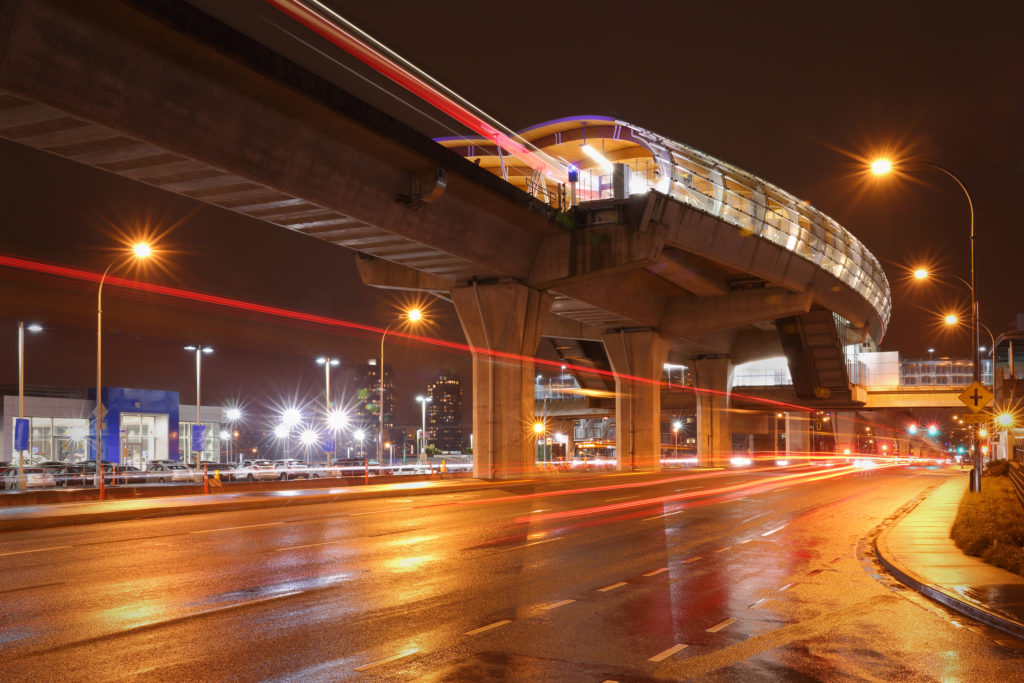Provincial changes? City of Vancouver changes? What’s the real deal?
In response to the housing crisis, both the City of Vancouver and the Provincial government have recently introduced sweeping rezoning legislation that radically transforms the zoning of single-family lots in your area.
In November 2023, the Province introduced new housing legislation designed to deliver more, much-needed housing throughout the province. Zoning changes were engineered to generate more housing options, small-scale multi-unit housing (SSMUH) fitting into existing neighbourhoods, rather than focusing only on high-rise towers and single-family homes.
The legislation impacts all communities in B.C. and municipalities cannot have bylaws that allow for fewer units than the provincial legislation.
Changes permit one secondary suite or laneway home and, in municipalities with more than 5,000 people, up to six units on a single-family lot depending on lot size and proximity to transit.
Local governments must update their bylaws by June 30, 2024. Changes also impact the community engagement and approvals process for housing development. Public hearings for rezonings will be phased out when zoning falls within the official community plan. Municipalities will need to expedite their permit process and the Province has provided funding to support these new requirements. (British Columbia Office of the Premier, 2023)
You can read the news release here
Vancouver City Council approved new zoning bylaw changes (R1-1 Zoning) which took effect on October 17, 2023. This change addresses the “missing middle housing” and allows ‘multiplexes’ on single-family lots: 3 to 4 units for lots over 3,300 square feet and 6 to 8 units on lots more than 6,000 square feet, while maintaining the single lot character of the neighbourhood. Multiplexes are a new construction option only.
Single detached houses and duplexes are included in R1-1 zoning with duplexes being new builds only. Duplexes cannot be built in conjunction with a laneway house but can include secondary suites and lock-off units. A lock-off unit is a small self-contained unit that can be locked and used independently of the principal dwelling or unlocked and used as part of the principal dwelling.
Laneway houses are allowed only with a single detached house, not duplexes, and can be used as a rental suite or for family use. A laneway house can be added to an existing home or built with a new main house.
A zoning map, more details on each of the housing options, and other information be found at https://www.shapeyourcity.ca/multiplexes/news_feed/nov-2023-r1-1-documents-and-application-materials-available-2
An Eye to the Future
There is no crystal ball to see into the future and a lot of unanswered questions concerning the multiplex plan remain. There could be an argument that with the move towards multiplexes there will be a higher demand for single family homes and their values will accelerate accordingly. Duplexes or triplexes could also have a sharper rise in value relative to six-unit developments, the larger living area making them more appealing.
With more people living in smaller spaces, these people will likely spend less time in their homes and our communities will be looking to create more public gathering spaces.

Transportation and parking are hot buttons throughout the City of Vancouver. Major development has occurred around Sky Train stations and major bus loops. While transit continues to improve and many residents utilize it, other residents covet a parking space near their home. The Province has provided some guidance on parking requirements, the exception being six-plexes in close proximity to transit, but most parking regulations are determined by the local government. “To help ensure the viability of a minimum of 6 units of housing on lots that meet the definition of transit proximity, local governments are not permitted to set any parking requirements for those lots.” (British Columbia Ministry of Housing, 2024) With the development of multi-plexes, competition for parking is sure to become even fiercer.
The legislative changes are unlikely to create an immediate change to the landscape. The cost of borrowing is still very high. Materials cost and demand are also high, compounded by high labour costs and a shortage of skilled labour. All of these costs could continue to increase with the increased demand for development. The challenge will be to bring these projects to fruition while maintaining profitability.
As B.C.’s real estate landscape continues to evolve, it’s essential to stay up to date on regulatory changes so you can make informed decisions. I’m your source for the latest information so you can navigate the landscape with confidence.
Sources:
British Columbia Office of the Premier. (2023). More small-scale, multi-unit homes coming to B.C., zoning barriers removed https://news.gov.bc.ca/releases/2023PREM0062-001706
British Columbia Ministry of Housing. (2024). Small-scale, Multi-Unit Housing, Government of British Columbia https://www2.gov.bc.ca/gov/content/housing-tenancy/local-governments-and-housing/housing-initiatives/smale-scale-multi-unit-housing
British Columbia Ministry of Housing. (2024). Small-Scale, Multi-Unit Housing Provincial Policy Manual & Site Standards, (p. 43)
City of Vancouver. (2023). Adding Missing Middle Housing and Simplifying Regulations in Low Density Neighbourhoods https://www.shapeyourcity.ca/multiplexes/news_feed/nov-2023-r1-1-documents-and-application-materials-available-2

